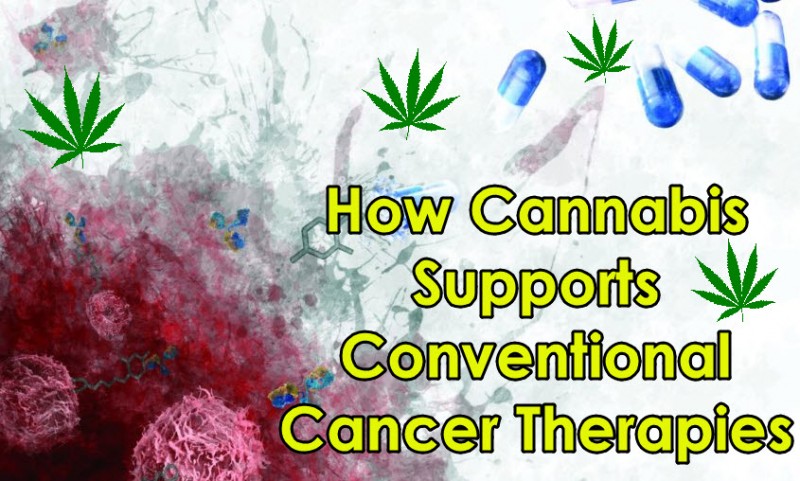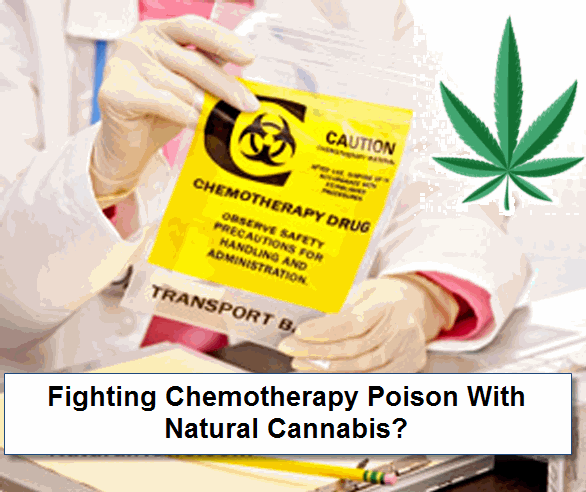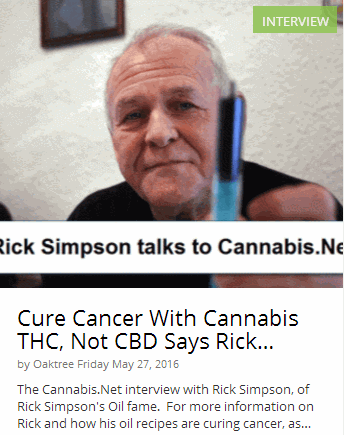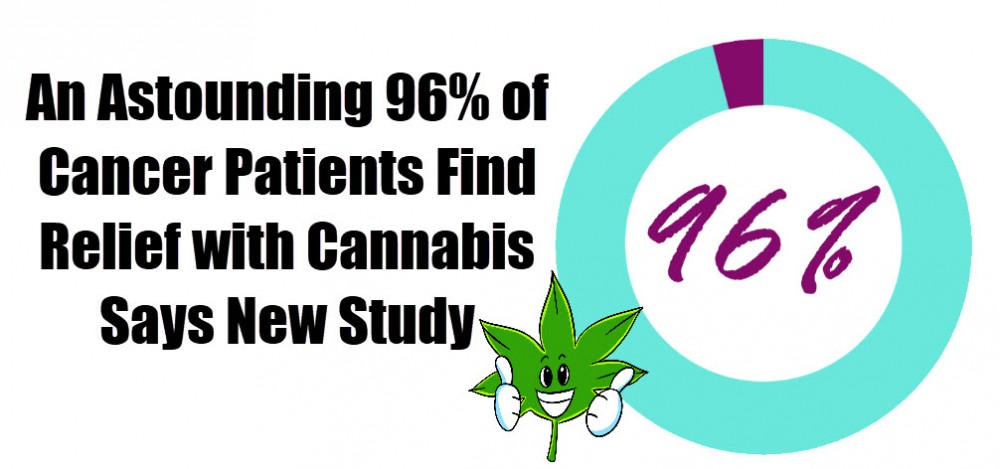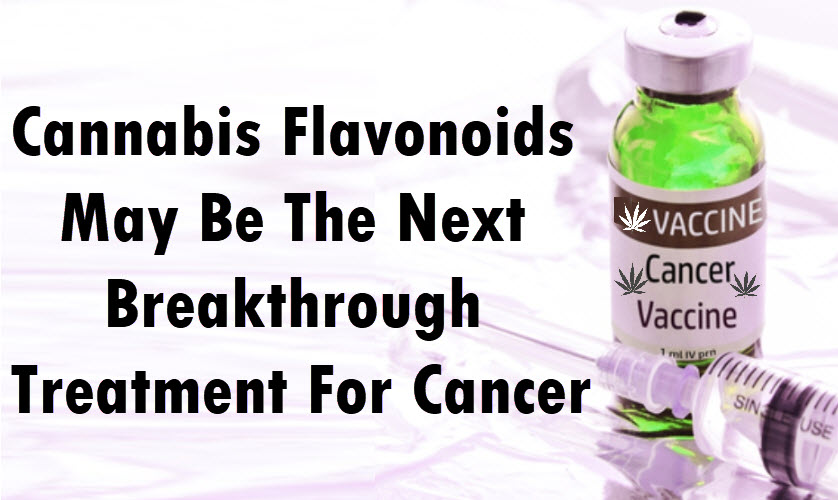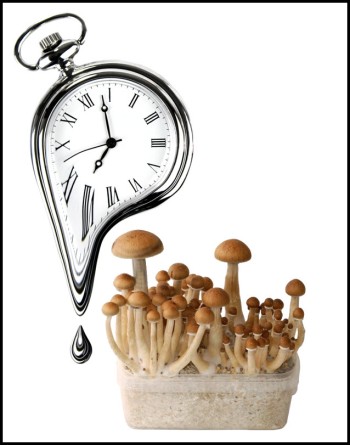How Cannabis Supports Conventional Cancer Therapies
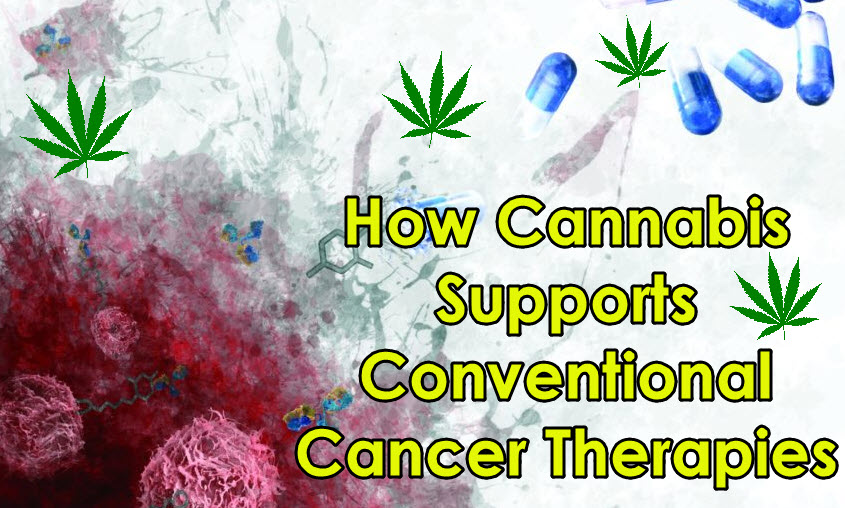
Cannabis together with radiation or chemotherapy may prolong life expectancy
There is nothing more dreadful than receiving a diagnosis of the “Big C”. Whether it’s you or a loved one, a cancer diagnosis is devastating to say the least. You never truly know if you’re going to make it out alive, and the disease has the potential to strip anyone of their dignity.
Advancements in science and technology have been able to save, or at least prolong, lives. Conventional therapies such as radiation and chemotherapy are the most common forms of treating cancer. However, they come at a cost: aside from being extremely expensive, both radiation and chemotherapy can have extreme side effects including nausea, vomiting, insomnia, dry mouth, hair loss, and much more.
This is why the use of cannabis has been growing in popularity for its effectiveness in alleviating the side effects of conventional cancer therapies. But did you know that when used together, cannabis does more than that? While there are hundreds of cases where patients have been able to cure their own cancer through the use of a cannabis product alone, sometimes you need a little help. And studies show that cannabis, when used with chemotherapy and radiation, can work more efficiently in beating cancer than either of these treatments alone. These are important things to take into consideration for anyone who is thinking about what form of therapy to use for cancer.
Cannabis and Radiation
Radiation uses high energy particles to target and kill cancer cells. Radiation is powered by X-rays, protons, gamma rays, and other forms of charged particles. During radiation therapy, beams are aimed specifically at the site of the cancer or tumor within the patient’s body. A form of radiation called brachytherapy involves radiation within the patient’s body, while systematic radiation therapy utilizes radioactive substances that travelers internally through the blood to kill cancer cells.
Radiation destroys cancer cells by damaging the genetic material which is responsible for controlling how the cancer cells divide and multiply. It may also create charged particles in the form of free radicals within the cancer cells that damage its DNA. The downside of radiation is that while the therapy kills cancer cells, it also affects healthy cells. Women who go through radiation may suffer additional side effects other than hair loss, fatigue, nausea, damage to salivary glands, and sexual dysfunction: their menstrual cycle may stop completely and the onset of menopause begins. Radiation offers no guarantee that cancer won’t return.
Here’s a case study on how cannabis supports radiation for cancer; specifically, glioma brain cancer – one of the most aggressive forms of cancer. A 2014 study conducted by researchers from St. George’s University of London, which was published in Molecular Cancer Therapeutics, revealed that there were “dramatic reductions” among high-grade glioma tumors when patients combined THC and CBD with radiation treatment on animal models.
Dr. Wai Lu, a lead author of the study, discussed the importance of the researchers’ findings in an article on the Washington Post. They found that a low dose of both THC and CBD, when used together, was just as effective as using a high dose of just one of the compounds in killing cancer cells. Irradiation alone had insignificant effects on the growth of tumors. However, when they administered THC and CBD on the tumor, there was a significant reduction in the mass, which led the researchers to conclude that cannabinoid therapy combined with radiation had the most significant effects on the tumor, since it stopped the tumor from growing during treatment. Additionally, the researchers state that since THC and CBD work on different pathways in the body, when they are used together, they both “prime” tumor cells which in t urn makes it “more sensitive to the cell killing effects of radiation,” Dr. Liu said.
The subjects who received both THC and CBD and also took radiation had significantly smaller tumors compared to the control group. The tumors shrunk to as little as 1/10 the size of the control group’s tumors.
While radiation targets cancer cells in a specific area, chemotherapy works throughout the body. Through the use of powerful poisonous chemicals, this enables the chemotherapy process to kill cancer cells that have already spread to body parts far from the original location of the tumor. Because of its ability to affect the entire body, chemotherapy is considered systemic therapy.
Just like radiation, chemotherapy is designed to attack rapidly growing cancer cells but in the process, it kills healthy cells as well. It commonly affects white blood cells (protects the body from infection), red blood cells (transports oxygen throughout the body), and platelets (structures in the blood that prevent bleeding). Chemotherapy also commonly affects hair follicles, which is why hair loss or alopecia is common among chemo patients. And just like radiation, chemotherapy doesn’t guarantee that the cancer will never return.
Cannabis has been proven to be a safe, natural antidote to the harmful effects of chemotherapy. For years now, chemo patients have used cannabis to make treatment more bearable – cannabis treats nausea and vomiting, depression, itching, pain, insomnia, lack of appetite, constipation, fatigue, and other side effects of chemotherapy.
But that’s not all.
When used together, cannabis and chemotherapy can prolong life expectancy.
A 2017 study, led by Dr. Wai Liu as well, found that administering cannabinoids to cultured leukemia cells in the lab increased cell death compared to chemotherapy alone. Additionally, their findings suggest that lower dose of chemotherapy medications could be used successfully if THC and CBD were present.
While the team found that both THC and CBD are powerful in killing cancer, their potential in doing so increased significantly once the cannabinoids were given AFTER chemo, instead of before. “We have shown for the first time that the order in which cannabinoids and chemotherapy are used is crucial in determining the overall effectiveness of this treatment,” Dr. Liu says.
“These extracts are highly concentrated and purified, so smoking marijuana will not have a similar effect. But cannabinoids are a very exciting prospect in oncology, and studies such as ours serve to establish the best ways that they should be used to maximize a therapeutic effect,” he adds.
In another phase 2 clinical trial of 21 gliomablastoma patients who were resistant to treatment, the researchers treated the participants with pharmaceutical drugs made from isolated THC and CBD. During the trial, they found that 83% of the participants treated with cannabis extracts had a 1 year survival rate, while those given a placebo only had a 53% survival rate.
Conclusion
Cannabis works synergistically with conventional cancer treatments in many ways. It might be the one life-saving solution as opposed to risking taking just one over the other.
According to Jahan Marcu, Ph.D., Director of Research and Development of Green Standard Diagnostics, this result is called a “synergy”. entourage effect). Both CBD and THC have anti-cancer properties, which, when administered together, are more powerful than each on its own because they act on different pathways.
Second, he explains, there is a synergy between THC and CBD with radiation and chemotherapy treatments. While Dr. Liu hypothesizes that the presence of cannabinoids “primes” cancer cells, Dr. Marcu thinks that radiation and chemotherapy makes cancer cells more sensitive to the effects of the cannabinoids.
Dr. Marcu concludes that since cancer cells have a way of evolving and even mutating, it is difficult for either cannabis or conventional therapies alone to successfully target them. He says that “the best bet is combining cannabis-based preparation with conventional treatment for cancer.”
Cancer patients are not limited to smoking or inhaling cannabis to benefit from it during cancer treatment. You are encouraged to speak with your doctor to find a form of administration that may benefit you, such as oils or edibles manufactured by licensed cannabis producers, in order to find a consumption method that would help you the most.
Additionally, the use of cannabis as a complement to radiation or chemotherapy wouldn’t just help prolong the life span of a cancer patient or have better chances of killing cancer cells. It would also drastically reduce the need for doctors to prescribe different drugs to address the side effects of radiation or chemotherapy, oftentimes which are opioid painkillers. Due to the federally illegal status of cannabis in the United States, the studies we have on cannabis alone and humans is limited even though it can easily be proved that cannabinoids can kill cancer cells in a petri dish.
It may take years for scientists to understand how the different kinds of cancers respond to the compounds in cannabis. For now, patients may want to consider the triple-threat of CBD, THC, and a conventional cancer therapy (or rely on cannabis’ cancer-killing properties on its own!) for the best results possible.
OTHER STORIES YOU MAY ENJOY..
DOES THC HELP CURE CANCER, LISTEN TO RICK SIMPSON HERE.
OR..
CANNABIS OILS ARE DIFFERENT FOR CANCER AND EPILEPSY, CLICK HERE.
OR..
HOW CANCER PATIENTS USE CANNABIS, CLICK HERE.
